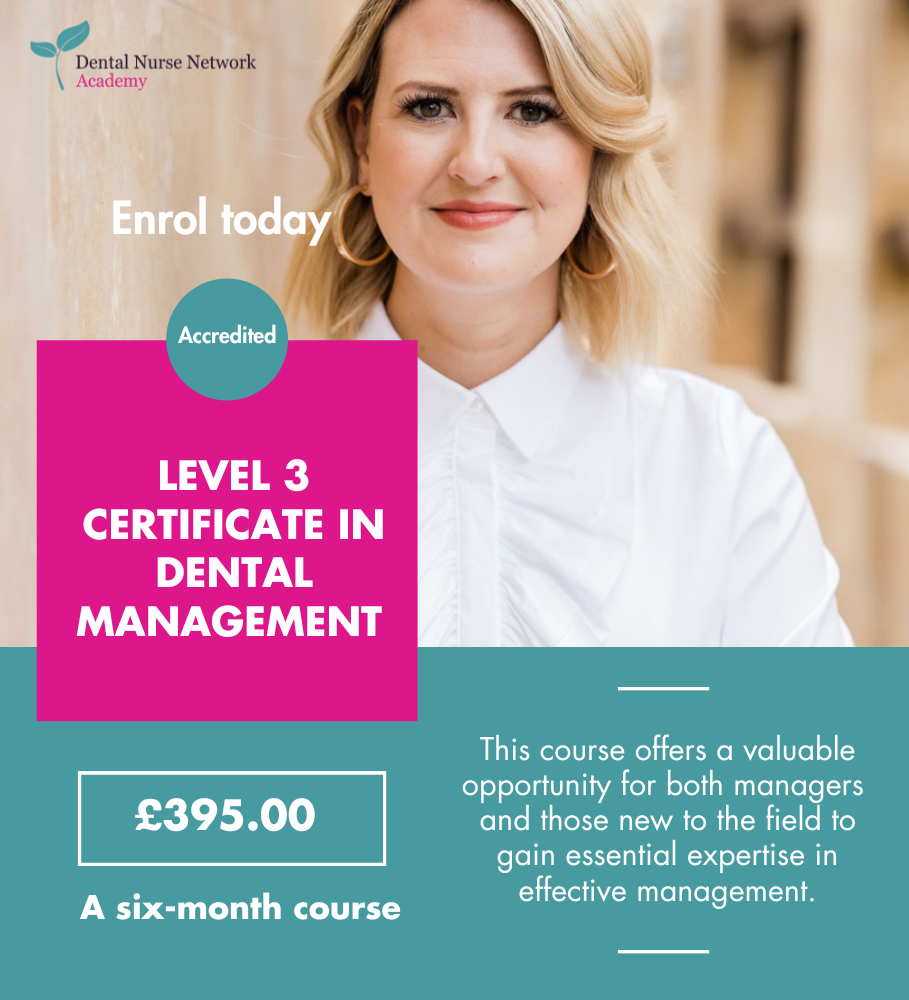Inlays and Onlays are used to fill cavities in which a regular filling restoration, with such materials as amalgam, is deemed unsuitable due to the tooth being too weak for a normal restoration or the tooth has lost cusps. They are good for teeth that have occurred damage, but not enough to warrant a crown.
The difference between an Inlay and an Onlay is that an Inlay sits within the cusps of the tooth, making them smaller than an Onlay. An Onlay is generally the same only it covers over some of the cusps, more of the Occulsal biting surface.
Advantages of these restorations are that:
Now they are more widely available in tooth coloured materials, so they are undetectable within the mouth making them more aesthetally pleasing.
If using gold, it will not corrode or wear like amalgam.
They are less destructive to the tooth tissue than a crown, which in turn is more conservative for the tooth in the long run.
If made in a composite resin or porcelain, it will protect the tooth more than a metal (amalgam filling etc) as they do not expand and contract like a metal would, therefore won’t cause the tooth to fracture or weaken due to this movement.
They have much more of a longer lifespan than a regular filling and can be significantly stronger than conventional fillings.
Disadvantages of these restorations are that:
They can cost significantly more than a filling restoration, especially if it is gold.
If using Porcelain, it is more fragile than a composite resin.
It isn’t a common a procedure as it used to be.
Gold is expensive, but it is stronger than the likes of porcelain or composite resin.
There is a direct and indirect method to this procedure. The indirect method is where the laboratory will make a wax pattern from the impression and work form there, while the direct method is where the dentist will make the wax pattern and the lab will cast directly to this. This can be quite difficult and time consuming for the dentist though rather than just taking the impression. This is why it is generally the indirect method that is used more commonly.
The Procedure
The dentist will anaesthetise the correct area in which the preparation will be carried out. The dentist will need to discuss with the patient whether it is going to be a gold inlay/onlay or tooth coloured. If it is going to be tooth coloured, the dentist will select a shade that best suits the patients’ teeth. The dentist will then go on to choose an appropriately sized impression tray and once happy with the size, the nurse will apply the correct adhesive to the tray so that the impression will stick to the tray. Once this has been done and the patient is comfortably numb, the dentist will begin the preparation. Using the fast hand piece and appropriate burs they will begin to cut into the old filling or decay, depending on the situation. The nurse will be required to aspirate using both the aspiration and the saliva ejector to keep the patient comfortable and to catch any debris and old filling material that will be in the mouth. The dentist will also use the slow hand piece to remove any decay. Once the cavity has been cleaned out the dentist will require a putty impression which will be prepared by the nurse. This material is mixed by hand and will be an equal base and catalyst mix of putty such as Aquasil. This will be mixed thoroughly until it is one full uniform colour. Once placed in the tray the dentist will place into the patients’ mouth and will leave to set for approximately 3 minutes. The dentist will then request a light-bodied wash material which will be placed over the preparation site and the impression will then be again placed in the mouth for a further few minutes to help give a more accurate impression.
Once this has been completed, the impression will be placed in a disinfection bath, for 10 minutes to be fully disinfected before being sent to the laboratory. The dentist will then place a temporary filling sealant over the cavity to protect it until the second visit for the fit of the inlay/onlay. The lab docket will be completed with the correct tooth noted and shade recorded. The impression will then be sent to the laboratory for construction. This will take approximately two weeks.
When the patient returns after the two weeks, the dentist will again anaesthetise the area as to remove the protective filling sealant over the cavity. This again will require the nurse to aspirate while the dentist removes this. Before the dentist permanently fits the inlay/onlay, they will check the fit. They need to check that the Occlusion is sound and remove any high points. Once happy with the fit and the shade, the dentist will fit the inlay/onlay with permanent cement such as Fuji Plus which will be prepared by the nurse.
The dentist will give Oral Health Instruction (OHI) to the patient about how to care for the tooth, advising floss and interdental brushes as the tooth can still decay even though there is a material present in it.
What do I need?
In surgery you will need the following:
Mirror
Probe
Tweezers
Spoon Excavator
Ball Ended Burnisher
Flat Plastic
Wards Carver
Hand Pieces – Slow and Fast
Appropriate burs
Saliva ejector
Aspiration tip
For the preparation you will need:
Appropriately sized impression trays – upper or lower
Tray adhesive
Putty – base, catalyst and wash
Mixing tips
Articulating paper
Temporary filling sealant material
Floss
Bags
Lab docket


